Empathy At Work: The Secret of Business Analysis Success
For many people, empathy is a tool for personal or spiritual relationships. We save our empathy skills for people who are struggling with poverty, illness or grief. We don’t apply empathy to those who are happy or content and when it comes to our professional lives, most feelings, including empathy, remain tightly bundled under our business casual façade.
In some professions, like nursing or social work, empathy is an obvious asset. Marketing and advertising professionals rely on empathy as well. But what about project management, business analysis and software development? How can we apply empathy to our professional lives? How can empathy help us bring value to our stakeholders?
Empathy and Business Analysis
Your mother used to say something about walking a mile in other people’s shoes, seeing through someone else’s eyes, put yourself in their position… When it comes to our professional life, applying empathy mantras to our stakeholders can lead to amazing discoveries about our projects.
Take a look at this drawing. It’s a simple representation of an empathy map. 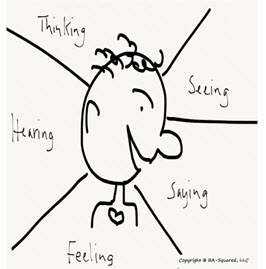
If you understand what your stakeholders are thinking, seeing, saying, hearing and feeling you can:
- Proactively and effectively manage issues and risks
- Evaluate politics, priorities and motivations
- Uncover hidden requirements and bridge requirement gaps
- Locate constraints and dependencies
Implementing Empathy
Gathering information for the empathy map can be a bit tricky. We can’t just schedule an “Empathy Map Meeting” and ask everyone what they are thinking and feeling, right?
No! Please don’t schedule an empathy map meeting. Tone and timing are very important. Here are few ideas:
- Gather insight before meetings. You can meet with key stakeholders one-on-one before important meetings. You can prep them for the meeting and ask a few questions that would offer insight into their thoughts and feelings.
- During a series of meetings, ask the empathy map questions in different ways to gather current versus future state. What are you hearing? What do you need to hear? What are you seeing? What do you need to see?
- Watch body language during meetings. What is your project sponsor feeling when she rolls her eyes every time the SME speaks? What is your tech lead thinking if he is shaking his head during an issue resolution meeting?
- Don’t be the scribe during meetings. You need to be able to observe and listen to the interactions between stakeholders. You won’t see the eye rolls, frowns, smiles and head nods if you are too busy taking notes.
- Follow up after meetings. Take time to personally reflect on stakeholder interactions during meetings and if necessary follow up with stakeholders one-on-one or in small groups.
- “What’s in it for me?” aka WIIFM is a question you should ask yourself on behalf of every stakeholder at the beginning of each project, before each meeting and as you design each deliverable. Your communication will be more efficient and you will get faster buy-in and better engagement from your stakeholders.
- Write it down. Create a spreadsheet with each stakeholder and empathy map sections. Add to it regularly as your project moves forward. You may never show your empathy map to others, but it will be a great reference tool. When you encounter issues throughout the lifecycle, your empathy map will offer great insight to help your project stay on track.
Empathy and Innovation
Applying empathy to a project will help BAs successfully navigate their basic tasks, but can BAs inspire innovation with their empathetic approach?
Definitely! Empathy and innovation are related:
- Approaching all requirements and project tasks with empathy will yield meaningful collaboration. BAs will know the right questions to ask to engage stakeholders and draw out key information. Meaningful collaboration yields innovation.
- Innovation often relies on finding connections between two seemingly unrelated ideas or processes. BAs who understand the empathy map for each stakeholder see connections that others don’t. Maybe two stakeholders from different organizations are hearing the same complaints from their team. The BA might be able to bring the stakeholders together to help each other solve the problem.
- Innovation requires the full participation of all stakeholders. If an empathetic BA knows that a SME has a great idea, but probably won’t share it because he feels intimidated by the project sponsor, the BA can facilitate a process that draws the ideas out anonymously.
Do you use empathy as a technique? If not, give it a try. Share your experience in the comments below.
Don’t forget to leave your comments below.
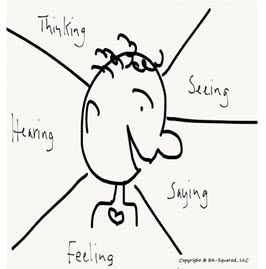

 As the battle between waterfall and agile rages on, organizations continue modify their approach to software development. Very few move directly to a pure agile approach. Instead, they pilot agile processes, create project selection criteria for agile projects, they shorten release times, minimize project documentation, and many are creating hybrid approaches blending both Waterfall and Agile.
As the battle between waterfall and agile rages on, organizations continue modify their approach to software development. Very few move directly to a pure agile approach. Instead, they pilot agile processes, create project selection criteria for agile projects, they shorten release times, minimize project documentation, and many are creating hybrid approaches blending both Waterfall and Agile.
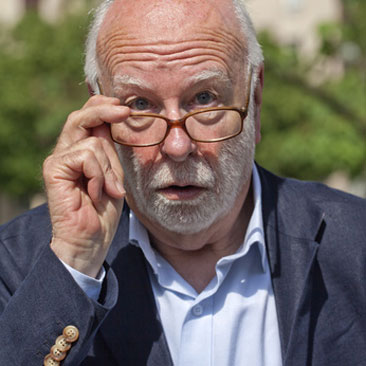 How would you “caricaturize” your organization?
How would you “caricaturize” your organization?
 “Rework is good!”
“Rework is good!”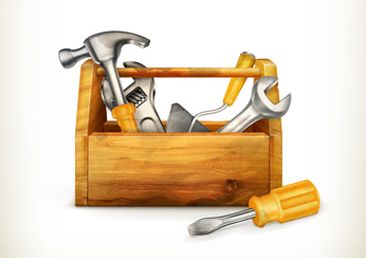
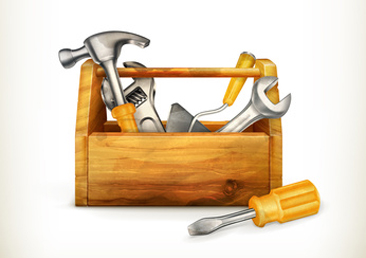 Everyone has a career toolbox—a collection of tips, tricks, skills and techniques. The tools accumulate over time:
Everyone has a career toolbox—a collection of tips, tricks, skills and techniques. The tools accumulate over time: